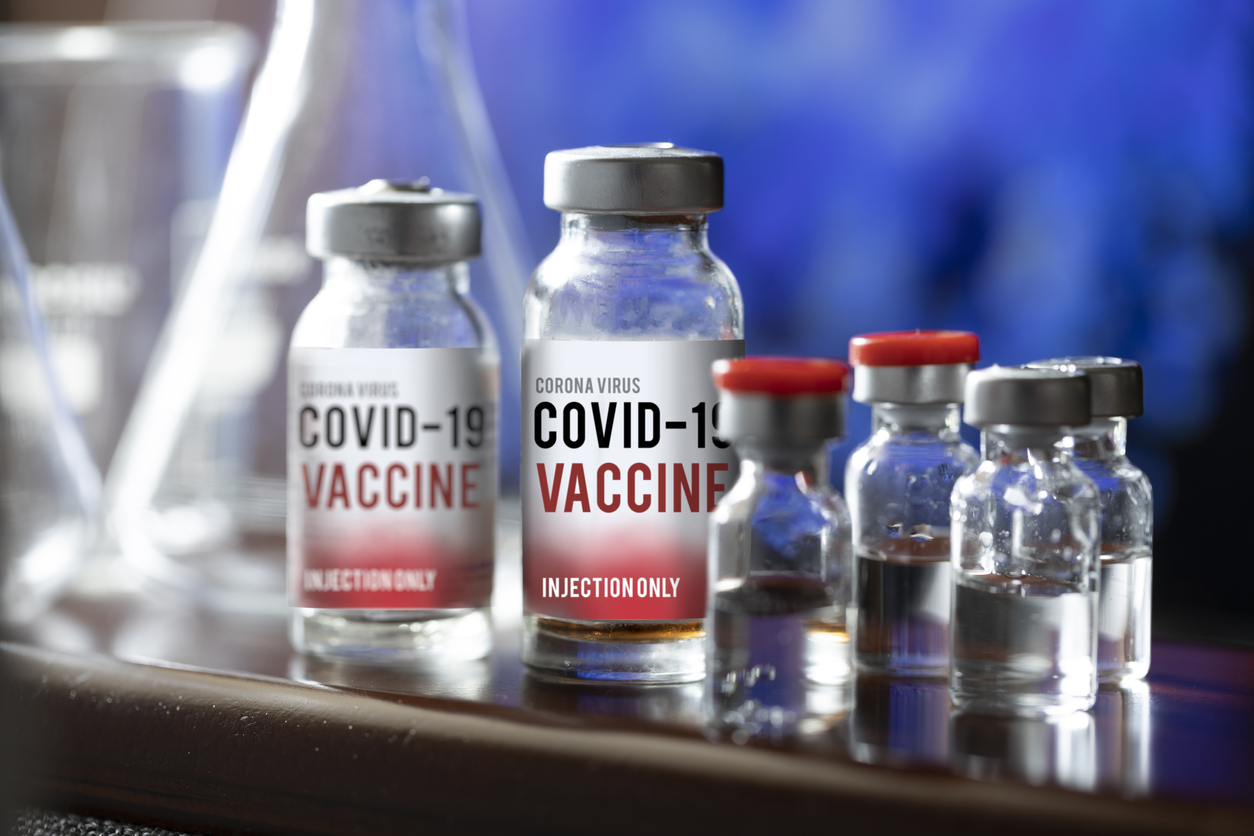
AstraZeneca-Oxford first COVID vaccine makers to publish trial results

AstraZeneca and Oxford University have become the first COVID-19 vaccine producers to publish data of the final-stage clinical trials of the vaccine in a scientific journal.
According to AFP, the study published in Lancet medical journal, said that the vaccine was effective in almost 70 per of the cases during tests in UK, Brazil and South Africa. No serious safety issues were reported in the three countries.
Earlier, the vaccine makers in results announced in a press release in November had said that the two-shot vaccine could be 90 per cent effective if it is given in a half dose for the first shot. However, the company invited flak from scientists for not disclosing that the finding came as a result of a dosing error.
The Oxford vaccine was the frontrunner in the race for a COVID-19 vaccine, but was pushed behind due to allegations of non-transparency against the makers during trials.
The publication of the data comes at a time when Pfizer-BioNTech have rolled out their COVID-19 vaccine for emergency use. Britain on Tuesday became the first to administer the vaccine.
While the vaccine of Pfizer-BioNTech has reported 95 per cent efficacy rate, that of Moderna is said to be 94 per cent effective.
Andrew Pollard, the director of the Oxford Vaccine Group who led the study said the sharing of data between vaccine developers was transparent and that there is no competition between them as it is meant to be a competition with the virus.
He, however, said that the publication of Oxford vaccine’s data may at last put concerns about the trial to rest.
“Most of it has been an assumption that we’ve been trying to cherry-pick data to find good results…But that isn’t the case. We’ve agreed in advance with regulators the approach to be taken,” he told Buzzfeed News.
The virus, as per the study, had an efficacy of 62 per cent on those who were given two full doses while proving 90 per cent effective on those given a half dose first followed by a full dose.

